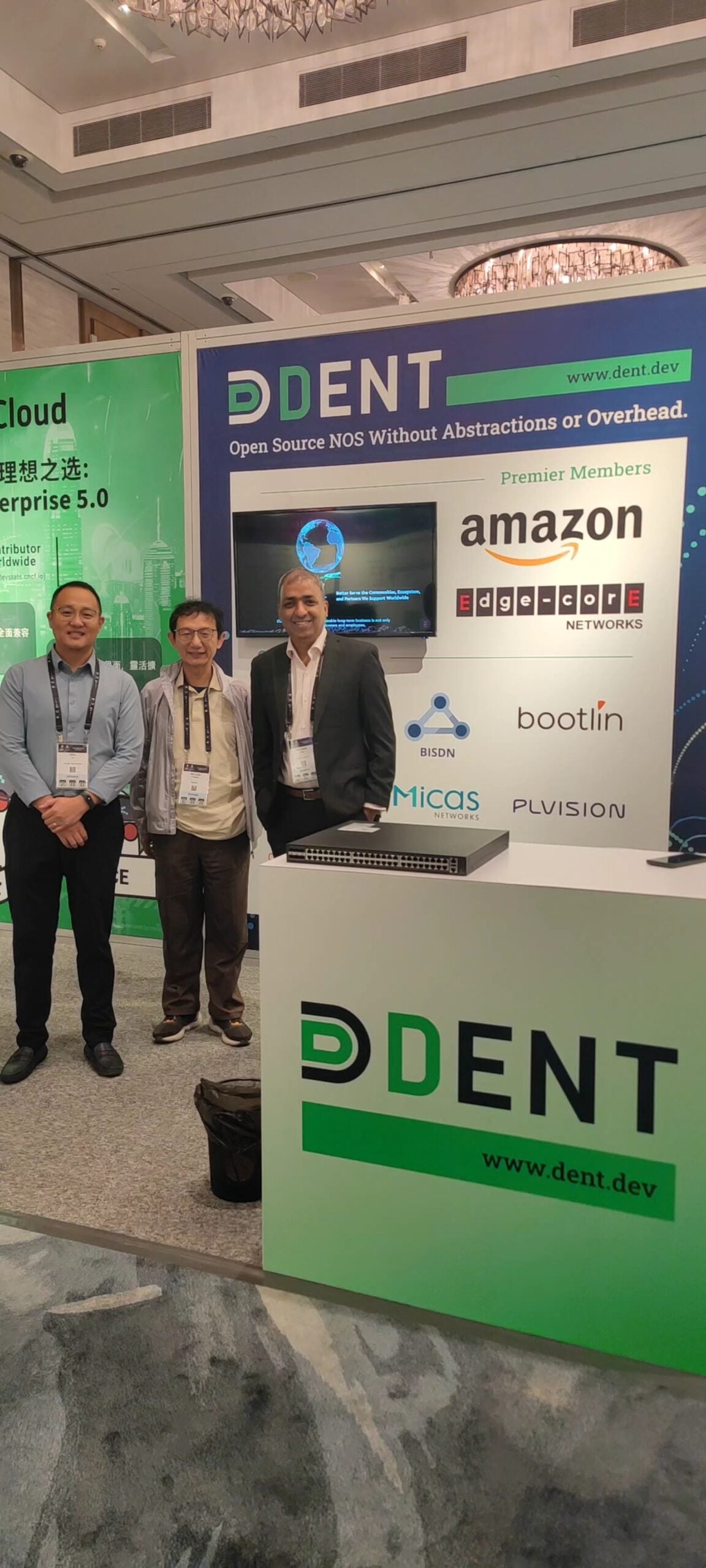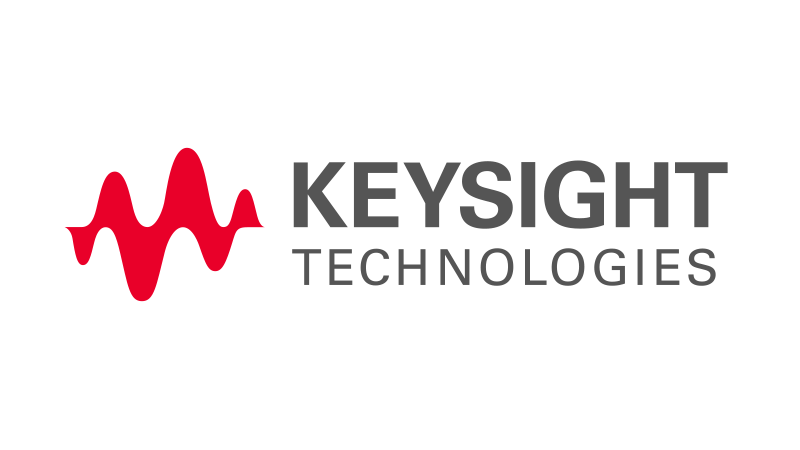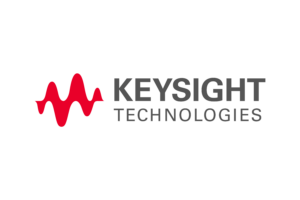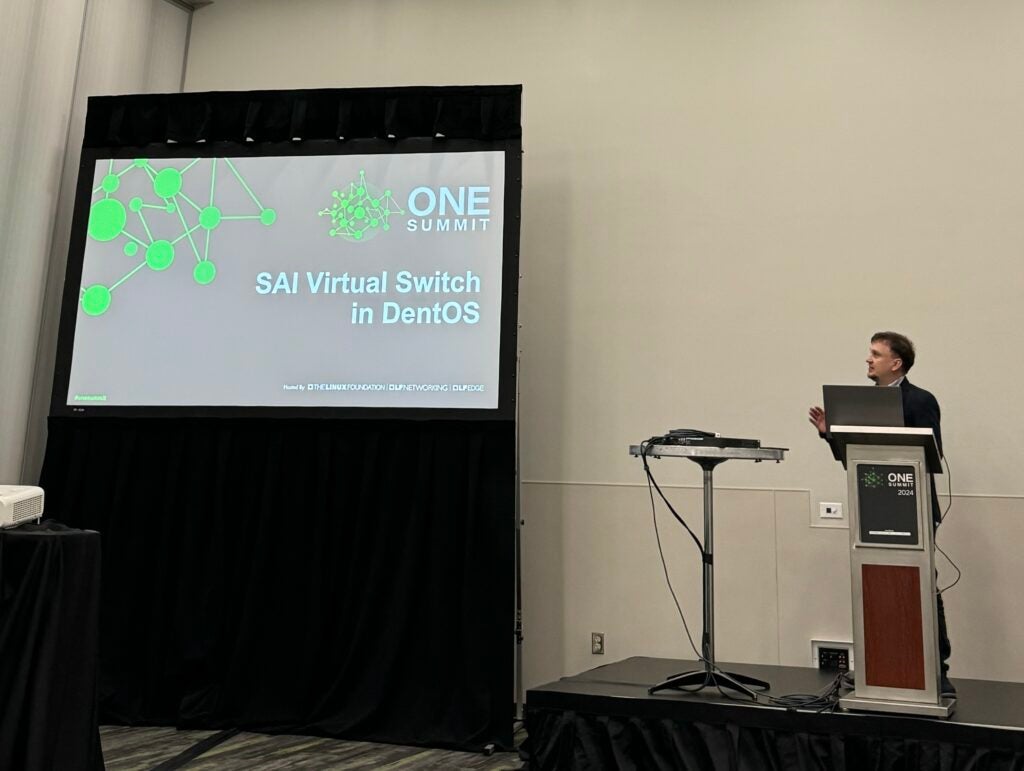DENT at DORS/CLUC: Future-Proofing Networking with Open Source Solutions
DENT had the opportunity to serve as a Silver Sponsor of DORS/CLUC 2024, Croatia’s largest and longest-running open source conference, first held in 1994. This marked a milestone as the first time a Linux Foundation project was showcased in this region of Europe! The event was held on May 16–17, 2024.
Bruno Banelli of DENT member Sartura proudly represented DENT. Bruno’s presentation, “Open Source Networking — Future Proofing Traditional Networking Stack” provided a comprehensive overview of both DENT and The Linux Foundation while explaining how open source technologies can future-proof networking infrastructures.
DENT’s sponsorship highlighted the growing influence of open source networking in transforming traditional systems.
DORS/CLUC, which stands for Dani otvorenih računarskih sustava / Croatian Linux Users’ Conference, has been a premier event in the free and open source software (FOSS) community for nearly 30 years. DORS/CLUC has earned the reputation of bringing together a diverse crowd, from students and developers to corporate representatives and government agencies. The two-day event offered a mix of keynotes, talks, and workshops on free software, open standards, and Linux-based solutions.
DENT’s presence underscored the importance of collaboration across organizations of all sizes. Bruno emphasized the value of The Linux Foundation, which serves as the bridge connecting organizations of all shapes and sizes committed to shared goals driven by shared passion. Bruno then dove into an overview of DENT to a previously unfamiliar audience, explaining DENT exists to address long-standing challenges in traditional networking.
Key Takeaways from Bruno’s Presentation:
In his session, Bruno provided an in-depth look at DENT and its role in reshaping networking through open source collaboration. Key learnings from his session include…
- Addressing Traditional Networking Challenges: Bruno highlighted the limitations of traditional networking systems which are often closed due to the dominance of system-on-chip (SoC) vendors. DENT’s approach disaggregates hardware and software, offering vendor-agnostic flexibility and openness.
- The Linux Foundation’s Role: He emphasized the value of the Linux Foundation in guiding open source projects like DENT, helping them overcome vendor lock-in and driving community-driven innovation.
- Real-World Use Case: Amazon’s Retail Stores: Bruno emphasized Amazon’s deployment of “Just Walk Out” technology in its stores as an example of DENT’s scalability and cost-effectiveness in retail.
Watch Bruno’s entire DORS/CLUC presentation on YouTube:
What’s Next for DENT?
DENT 4.0 and beyond is focused on expanding DENT’s enterprise capabilities. The upcoming DENT 4.0 release will introduce key features like multicast routing, PoE kernel integration, and support for open config. DENT will also transition to Debian 12, bringing enhanced performance and stability to its infrastructure.
As we look ahead to DENT 4.0 and beyond, DENT continues to evolve, offering scalable, open solutions for end users.









